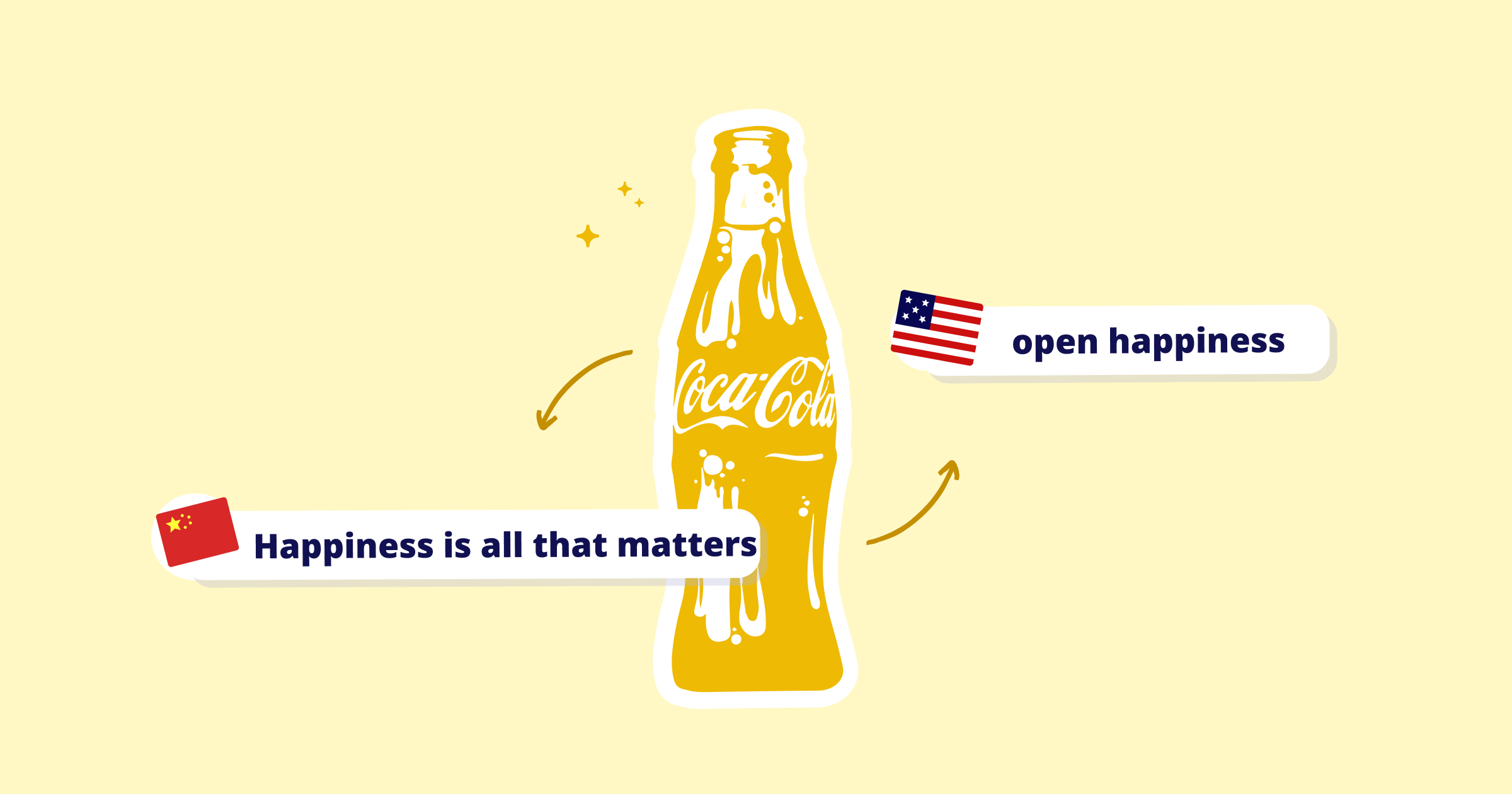In today's increasingly globalized world, effective communication across borders and cultures is essential. In order to bridge linguistic and cultural gaps, businesses often rely on language services such as translation, transcreation and localization. While these terms might appear similar each serves distinct purposes and involves unique approaches.
GetGloby aims to explore the key differences between translation, transcreation and localization, shedding light on their specific applications and benefits.

Localization involves adapting a product, service or content to suit a specific locale or target market. It goes beyond translation by considering linguistic, cultural and regional factors. Localization encompasses not only language adaptation but also adapting visual elements, date formats, currency and other cultural specifics to make the product or service feel native to the target audience. Its goal is to create a seamless user experience that resonates with local customs and preferences.
Key features of localization:

Translation is a well-known practice that involves rendering written or spoken content from one language into another while preserving its original meaning. Translators aim to faithfully convey the source message without altering its intent or tone. They focus on linguistic accuracy and strive to provide an accurate representation of the original text. Translation is commonly used for documents, websites, legal contracts, technical manuals, and other materials that require precise communication across languages.
Key features of translation:

Transcreation, also known as creative translation, goes beyond literal translation to adapt content creatively for a specific target audience. It involves recreating the message, often in a different cultural context, while maintaining its intended impact. Transcreators need to possess excellent writing and creative skills, as they must capture the essence of the original content and adapt it in a way that resonates with the target audience. Transcreation is commonly used for marketing campaigns, slogans, taglines, and creative content that requires a localized approach.
Key features of transcreation:

Coca-Cola's "Open Happiness" Campaign: When Coca-Cola launched its global marketing campaign with the slogan "Open Happiness," they recognized the need for transcreation to resonate with diverse cultures. In China, the slogan was transcreated as "开心就好" (Kāixīn Jiù Hǎo), which translates to "Happiness is all that matters." The transcreation captured the essence of the original slogan while using a Chinese phrase that connected deeply with the local audience.

McDonald's "I'm Lovin' It" Jingle: McDonald's iconic jingle "I'm Lovin' It" has become a global brand anthem. However, when transcreated for the French market, the slogan was adapted as "Venez comme vous êtes" (Come as you are). The transcreation not only captured the essence of enjoyment but also appealed to French consumers' sense of individuality and acceptance.

In the original American version of the movie "Inside Out," there's a memorable scene where Riley's dad tries to get her to eat broccoli. This action triggers Disgust and Anger emotions inside Riley's mind as she protests having to finish her vegetables before getting dessert.
However, in the Japanese version of the film, a clever adaptation was made. The filmmakers decided to swap out the broccoli with green peppers. The reason behind this change was insightful - they discovered that green peppers, not broccoli, were more commonly disliked by Japanese children.
This subtle alteration showcases the attention to cultural nuances and preferences, ensuring that the movie would resonate better with the Japanese audience. It's a testament to the thoughtfulness put into localization, as they aimed to create a more relatable and engaging experience for viewers in Japan.
These examples demonstrate how transcreation goes beyond literal translation to capture the essence of the original message while adapting it to specific cultural contexts. Transcreation enables brands to establish emotional connections with diverse audiences and build strong relationships, ultimately leading to increased engagement and brand loyalty.
While translation, transcreation, and localization all involve adapting content across languages and cultures, they serve distinct purposes. Translation focuses on linguistic accuracy, transcreation brings creative adaptation for specific audiences, and localization tailors products or content to suit regional preferences.
It's crucial for businesses aiming to effectively communicate their messages globally and connect with diverse audiences to understand the differences between these language services. By choosing the right approach, companies can bridge language barriers and successfully engage with their target markets worldwide.